21 Dark Destinations Around The World Where History Meets Horror
Step into the shadows where history whispers secrets, and the chilling echoes of true crime refuse to be silenced. These aren't just places on a map; they're landscapes haunted by the darkness of human deeds, where the line between grim reality and the seductive pull of fiction blurs into a haunting tapestry. From infamous murder scenes to the eerie backdrops of unsolved mysteries, we've expanded our exploration to 21 destinations that continue to captivate and disturb. Forget ordinary travel; this is a journey into the heart of infamy, a descent into the narratives that have both horrified and fascinated us for generations. We'll unearth the macabre tales, dissect the enduring allure of these locations, and confront the unsettling truths they reflect about our own society. Prepare to be gripped by the unsettling power of these sites, each bearing witness to the darkest chapters of human history, and discover why they remain potent magnets for those drawn to the chilling intersection of place and crime.
1. London: Jack the Ripper's Shadowy Streets
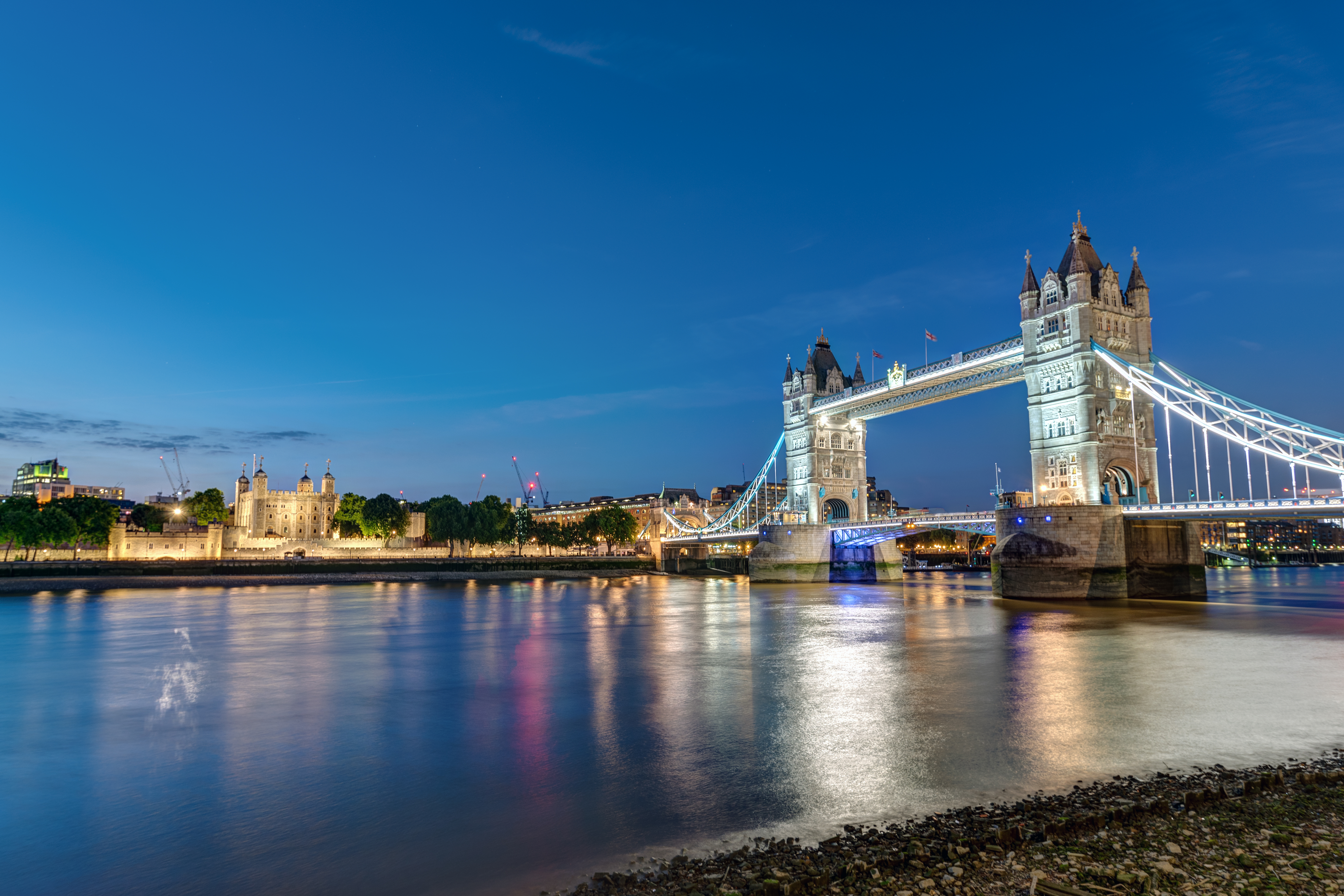
In the fog-laden alleys of Whitechapel, London, the specter of Jack the Ripper continues to loom large. The unsolved murders of 1888 have transcended time, transforming the East End into a living museum of Victorian horror. The Ripper's gruesome acts have inspired countless fictional adaptations, from novels to films, each adding layers to the mythos surrounding the infamous killer. As we walk these cobblestone streets, the boundary between reality and fiction blurs, with every shadow whispering tales of dread. The Ripper's legacy is not merely in his heinous acts but in the enduring fascination with his identity, which has become a cultural touchstone. The narrative of Jack the Ripper has evolved into a cultural phenomenon, shaped by societal fears and fascination, and continues to define London’s darker mystique.
2. Chicago: The Haunting Legacy of H.H. Holmes

Chicago's skyline, with its towering structures, hides a dark past beneath its shadow. The World's Fair Hotel, known infamously as the "Murder Castle," was the site of H.H. Holmes' gruesome crimes during the 1893 World's Columbian Exposition. Holmes, America's first documented serial killer, constructed a labyrinthine hotel designed for murder, complete with hidden passageways and soundproof rooms. The chilling reality of his crimes has inspired numerous fictional retellings, each exploring the mind of a man who embodied pure evil. Holmes’ story has seeped into popular culture, leaving a chilling mark on how true crime is told and remembered in Chicago and beyond. By understanding the allure of Holmes' narrative, we gain insight into society's fascination with the macabre and the thin line between reality and the fictionalized accounts that it inspires.
3. Los Angeles: The Black Dahlia's Unsolved Mystery

The city of angels is no stranger to the dark allure of true crime, with the Black Dahlia case standing as one of its most infamous mysteries. Elizabeth Short, known posthumously as the Black Dahlia, was found brutally murdered in 1947, her case becoming a media sensation due to its grisly nature. The unsolved murder has inspired a plethora of fictional works, each attempting to unravel the enigma that shrouds her death. Los Angeles, with its glitz and glamour, serves as a stark contrast to the grim reality of Short's fate, highlighting the duality of a city where dreams and nightmares coexist. The Black Dahlia case has profoundly shaped how Los Angeles is portrayed in crime fiction, casting a long, eerie shadow over the city’s glamorous image. Through this exploration, we uncover the reasons behind the enduring fascination with the Black Dahlia and the broader implications for the portrayal of women in crime narratives.
4. Boston: The Boston Strangler's Reign of Terror
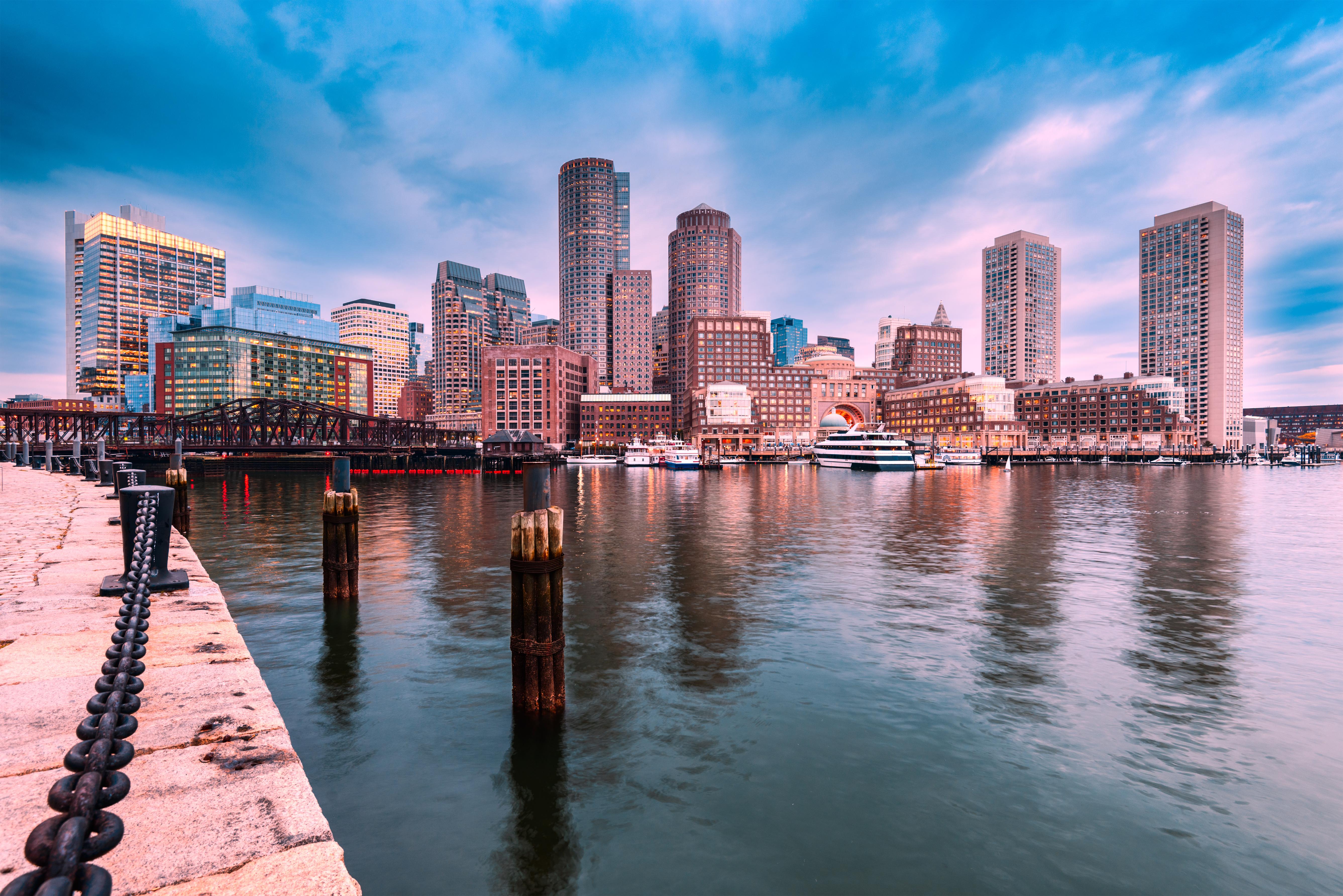
Boston, a city rich in history, was gripped by fear during the early 1960s as the Boston Strangler prowled its streets. Albert DeSalvo's confession to the murders of 13 women sent shockwaves through the community, leaving a legacy of fear and suspicion. The Strangler's reign of terror has been immortalized in both factual accounts and fictional adaptations, each examining the psychological complexities of a killer who eluded capture for so long. The legacy of the Boston Strangler has deeply influenced how media portrays serial killers and continues to shape public fascination with criminal psychology. By examining the narratives that have emerged from this dark chapter in Boston's history, we gain insight into the cultural fascination with the minds of killers and the enduring legacy of fear that they leave behind.
5. New Orleans: The Axeman's Jazz
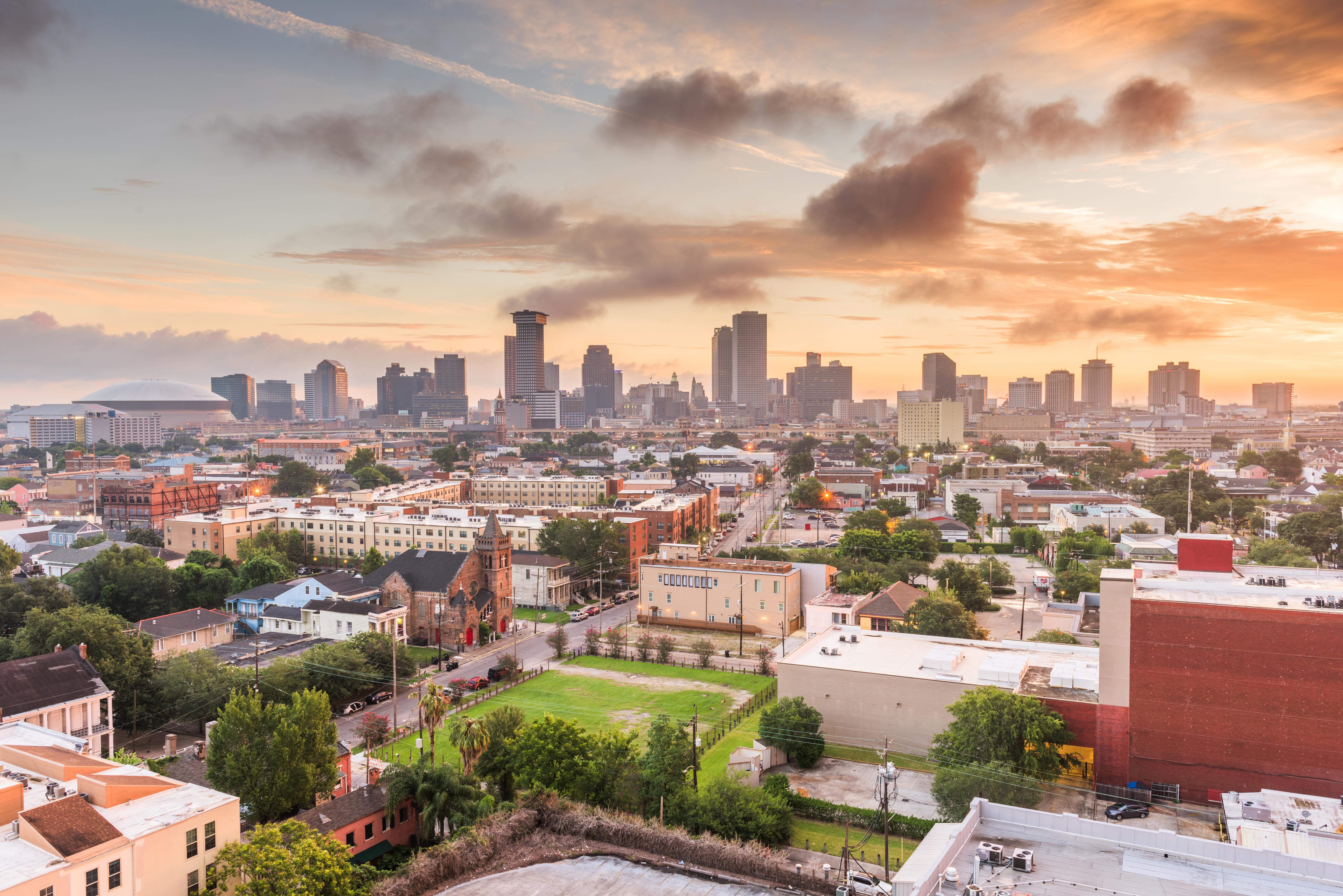
In the vibrant city of New Orleans, where music and mystery intertwine, the legend of the Axeman of New Orleans continues to haunt. During 1918-1919, a series of brutal murders attributed to the Axeman captivated the city, with the killer famously declaring his love for jazz music. The Axeman's letter to the press, demanding that jazz be played in every home, added a surreal twist to the already bizarre case. The Axeman legend has become woven into the cultural identity of New Orleans, reflecting the city’s unique blend of mystery, music, and myth. The blending of music and murder in this narrative highlights the unique character of New Orleans, a city where the line between reality and legend is often blurred. By examining the cultural impact of the Axeman case, we uncover the reasons behind the enduring allure of this enigmatic figure and the broader implications for the portrayal of crime in the context of cultural identity.
6. New York: The Son of Sam's Reign of Fear
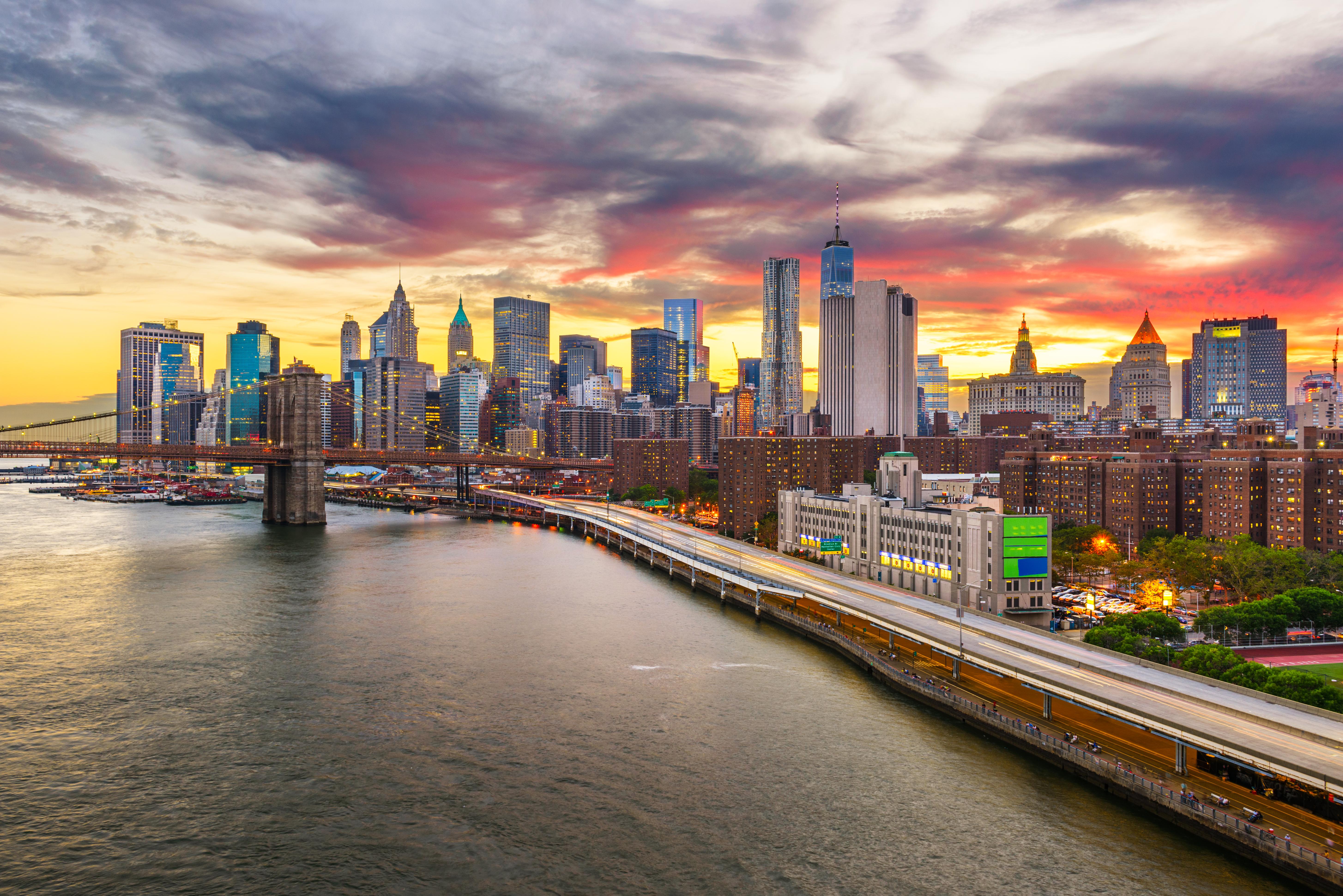
In the summer of 1976, New York City was gripped by fear as the Son of Sam, David Berkowitz, embarked on a killing spree that left six dead and many more wounded. Berkowitz's taunting letters to the police and media added a chilling dimension to his crimes, creating a media frenzy that captivated the nation. The Son of Sam's reign of terror has inspired numerous fictional portrayals, each exploring the psychological complexities of a killer who claimed to be driven by demonic forces.The Son of Sam case left a lasting imprint on New York City, fueling cultural narratives around fear, mental illness, and the media’s role in true crime storytelling. By examining the narratives that have emerged from this dark chapter in New York's history, we gain insight into the cultural fascination with the minds of killers and the enduring legacy of fear that they leave behind.
7. San Francisco: The Zodiac Killer's Cryptic Legacy

San Francisco, with its iconic Golden Gate Bridge and vibrant culture, is also home to one of the most infamous unsolved mysteries in American history: the Zodiac Killer. Active in the late 1960s and early 1970s, the Zodiac Killer taunted police and media with cryptic letters and ciphers, creating a chilling game of cat and mouse. The mystery surrounding the Zodiac's identity has inspired countless fictional adaptations, each attempting to unravel the enigma that shrouds his crimes. The Zodiac Killer’s mystique continues to haunt public imagination, shaping portrayals of unsolved crimes and the complexities of criminal profiling. By examining the narratives that have emerged from this dark chapter in San Francisco's history, we gain insight into the cultural fascination with the minds of killers and the enduring legacy of fear that they leave behind.
8. Paris: The Landru Murders and the City of Light's Dark Side
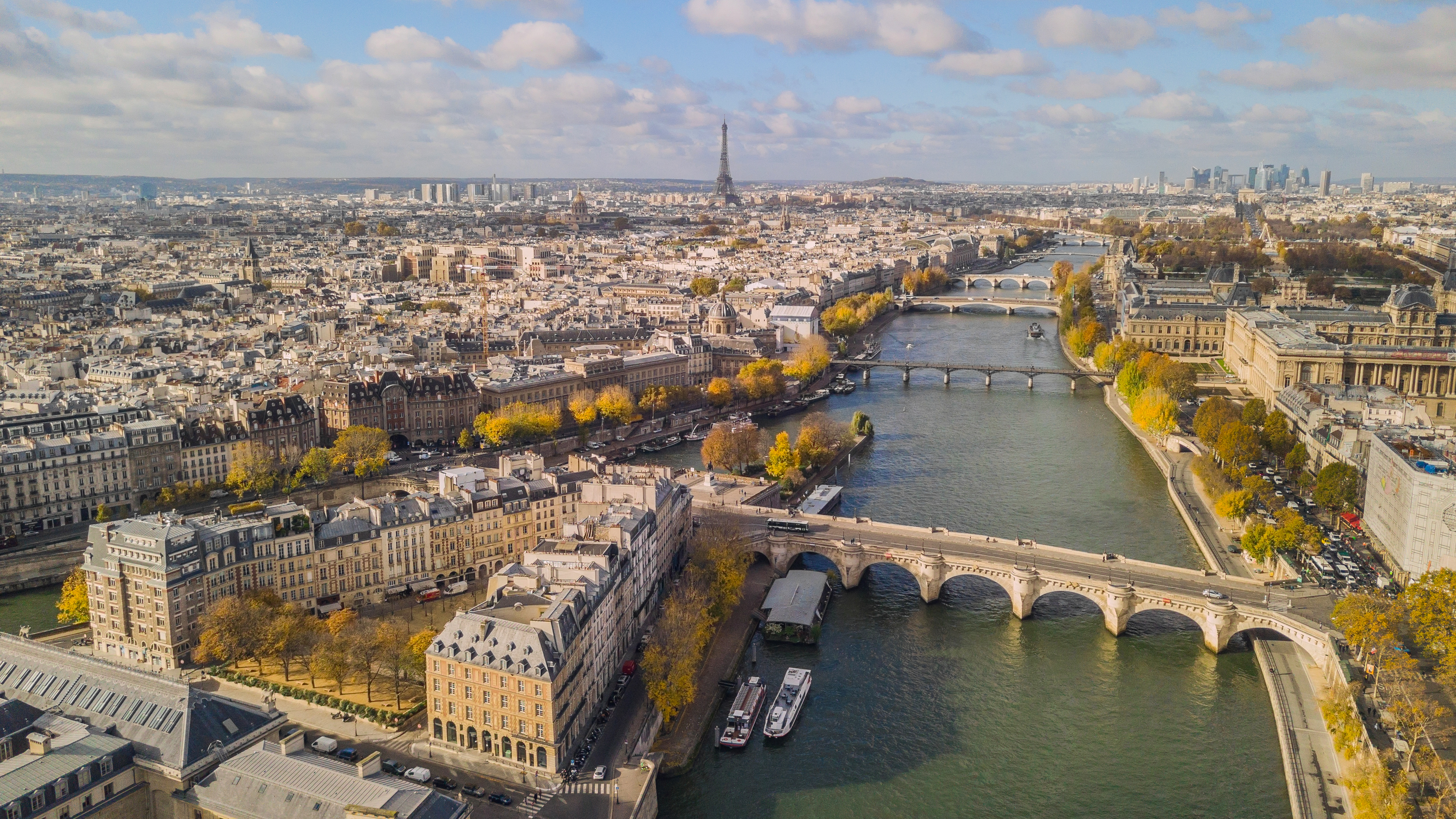
Paris, often seen as the city of romance and light, harbors a darker history in the tale of Henri Désiré Landru, known as the "Bluebeard of Gambais." During World War I, Landru lured ten women to their deaths, promising marriage and then murdering them for their possessions. The gruesome nature of his crimes shocked the nation and has been immortalized in both factual accounts and fictional adaptations. The tale of Henri Landru underscores Paris’s dual image as both a city of love and a backdrop for chilling, real-life horrors. By examining the cultural impact of the Landru case, we uncover the reasons behind the enduring allure of this enigmatic figure and the broader implications for the portrayal of crime in the context of cultural identity.
9. Toronto: The Ken and Barbie Killers
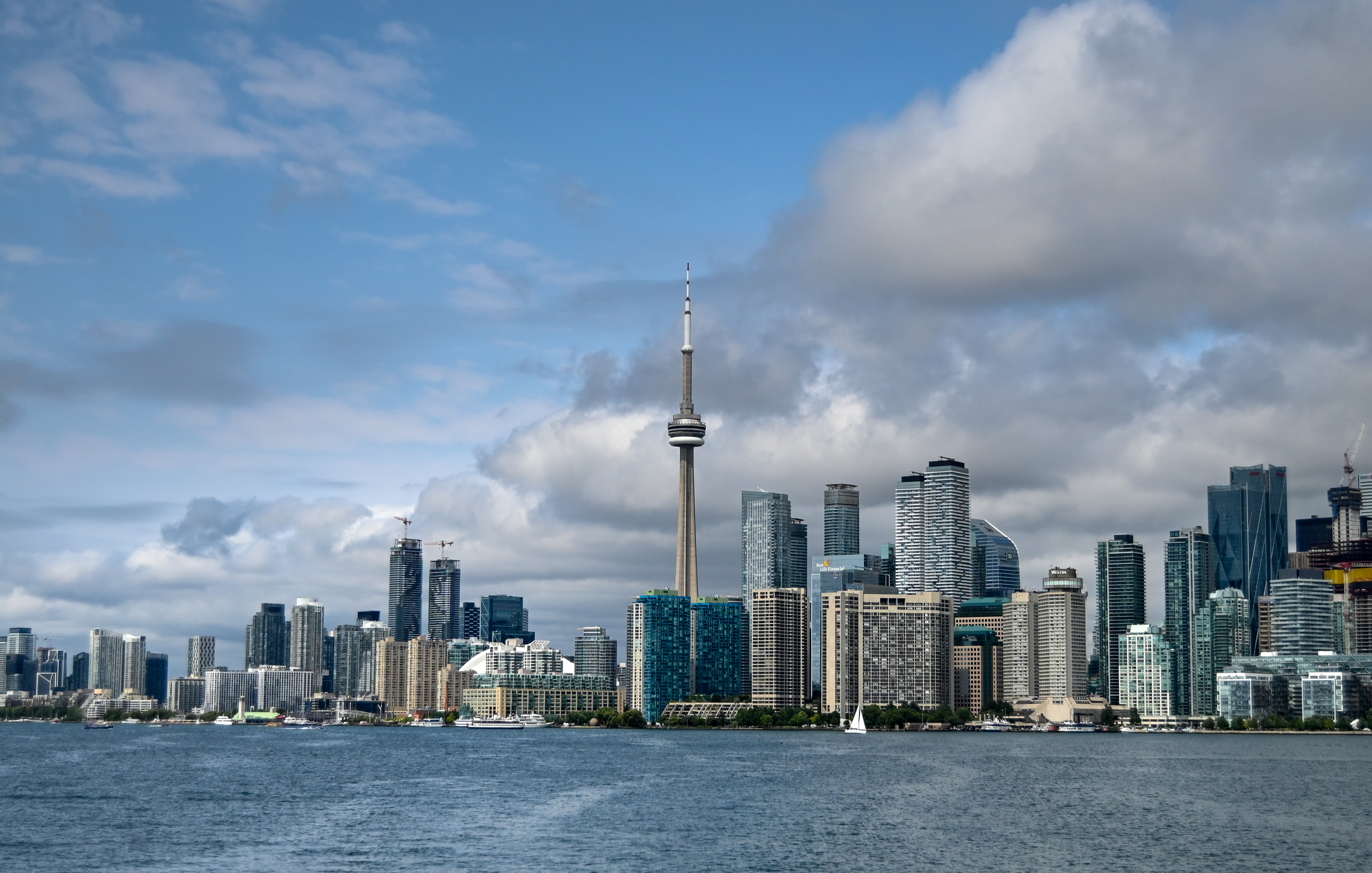
In the late 1980s and early 1990s, the city of Toronto was rocked by the heinous crimes of Paul Bernardo and Karla Homolka, dubbed the "Ken and Barbie Killers" due to their seemingly perfect outward appearance. Their crimes, which included the abduction, rape, and murder of several young women, shocked the nation and have been the subject of numerous fictional adaptations. The shocking crimes of Bernardo and Homolka remain etched in Canada’s cultural memory, influencing public discourse on justice, media, and the nature of evil. By understanding the allure of their narrative, we gain insight into society's fascination with the macabre and the thin line between reality and the fictionalized accounts that it inspires.
10. Rome: The Monster of Florence

The city of Rome, with its ancient history and vibrant culture, is also home to one of Italy's most infamous unsolved mysteries: the Monster of Florence. Over two decades, a series of brutal murders in the Tuscan countryside captured the nation's attention, with the killer targeting couples in secluded areas. The mystery surrounding the Monster's identity has inspired numerous fictional adaptations, each attempting to unravel the enigma that shrouds these crimes.The Monster of Florence case stands as a haunting chapter in Italy’s history, continuing to provoke questions about justice, obsession, and the unknown. By examining the narratives that have emerged from this dark chapter in Italy's history, we gain insight into the cultural fascination with the minds of killers and the enduring legacy of fear that they leave behind.
11. Sydney: The Backpacker Murders

In the early 1990s, the discovery of several bodies in the Belanglo State Forest outside Sydney, Australia, revealed the horrifying crimes of Ivan Milat, known as the Backpacker Murderer. Milat's targeting of young backpackers shocked the nation and has been the subject of numerous fictional adaptations. Ivan Milat’s crimes have become a dark landmark in Australia’s criminal history, influencing countless fictional retellings and shaping the country’s approach to safety and justice. By understanding the allure of his narrative, we gain insight into society's fascination with the macabre and the thin line between reality and the fictionalized accounts that it inspires.
12. Salem, Massachusetts, USA
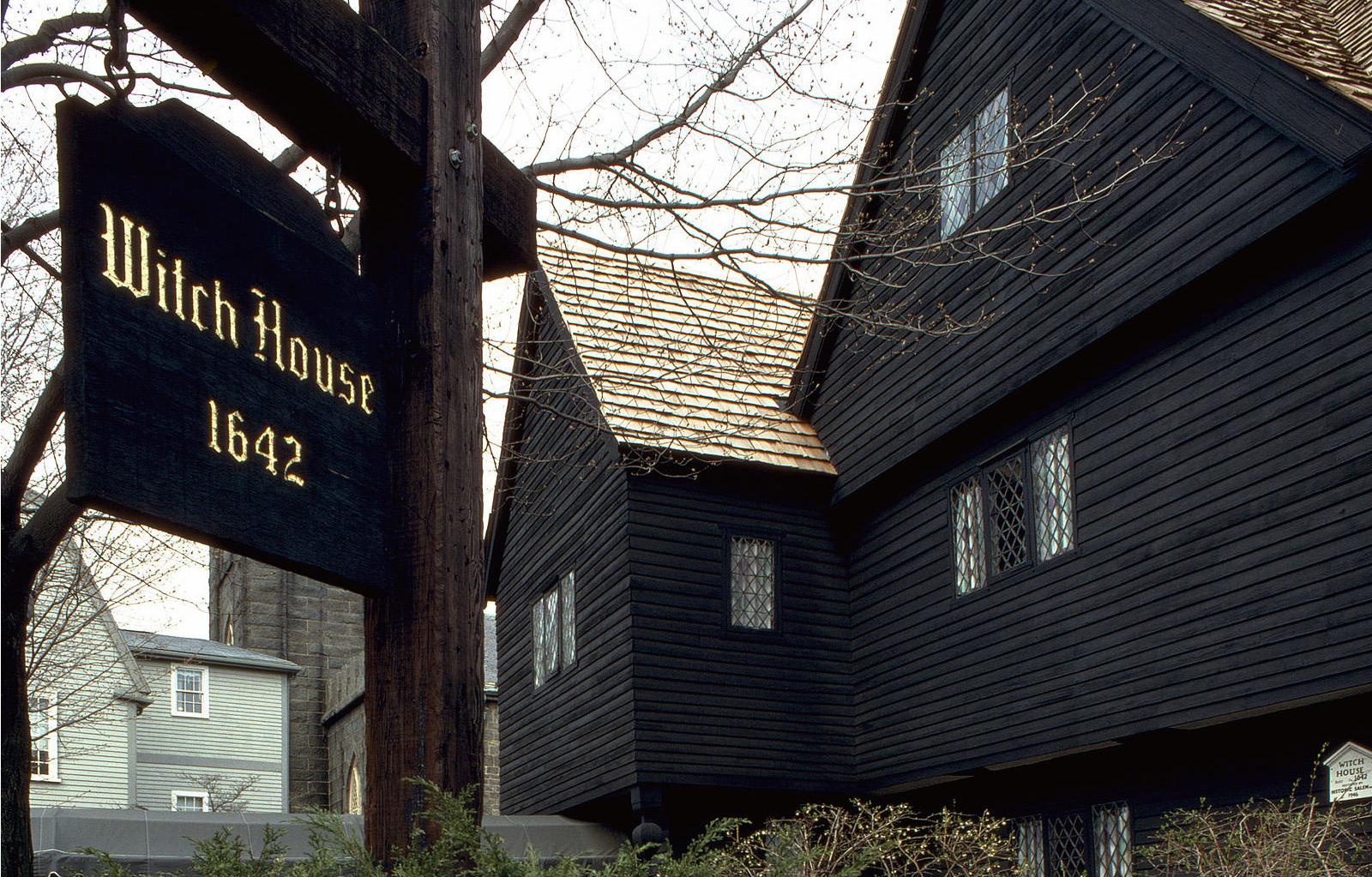
Salem, Massachusetts, instantly conjures images of the 1692 witch trials, a dark chapter of mass hysteria and injustice. While not strictly "true crime" in the modern sense, the accusations and executions of innocent individuals are a chilling historical reality. Salem has embraced this legacy, becoming a hub for tourism focused on the trials, with museums, historical sites, and even witch-themed attractions. This destination explores the power of fear and societal paranoia, blurring the lines between historical fact and the enduring fascination with the macabre.
13. Villisca, Iowa, USA
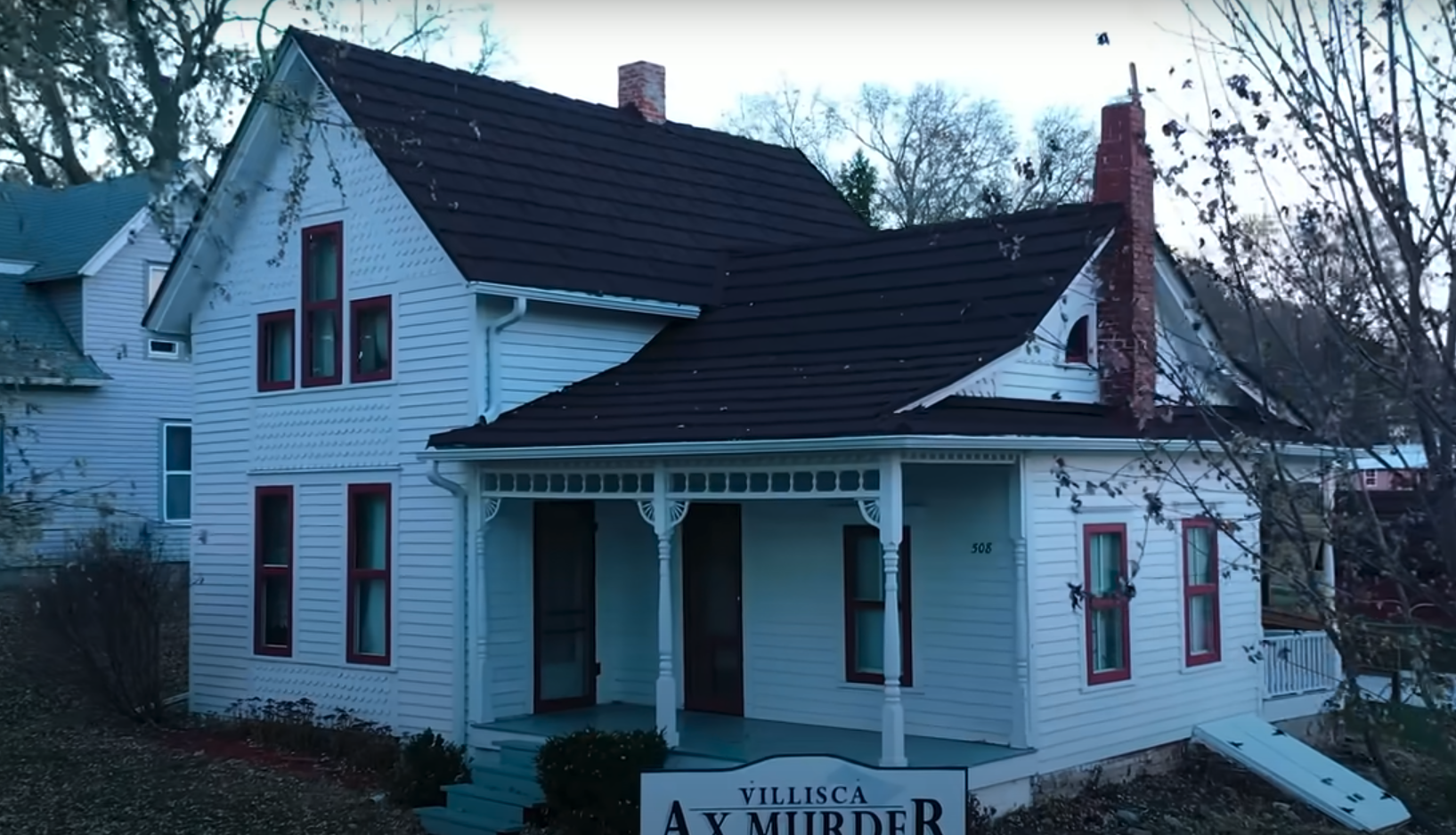
The small town of Villisca, Iowa, is forever scarred by the unsolved 1912 axe murders of the Moore family. The Villisca Axe Murder House remains a site of morbid curiosity, drawing visitors eager to experience the eerie atmosphere. The lack of resolution in the case adds to the haunting allure, prompting speculation and fueling local legends. Villisca offers a glimpse into the enduring impact of unsolved crime on a community and the human fascination with unexplained darkness.
14. Clutter Family Home, Holcomb, Kansas, USA

Immortalized in Truman Capote's "In Cold Blood," the Clutter family home in Holcomb, Kansas, is a somber reminder of the 1959 murders that shook a small town. While the original house no longer stands, the landscape and surrounding community are forever linked to the chilling crime. This destination explores the power of narrative in shaping our understanding of true crime and the lasting impact of violence on a seemingly idyllic setting.
15. Jonestown, Guyana
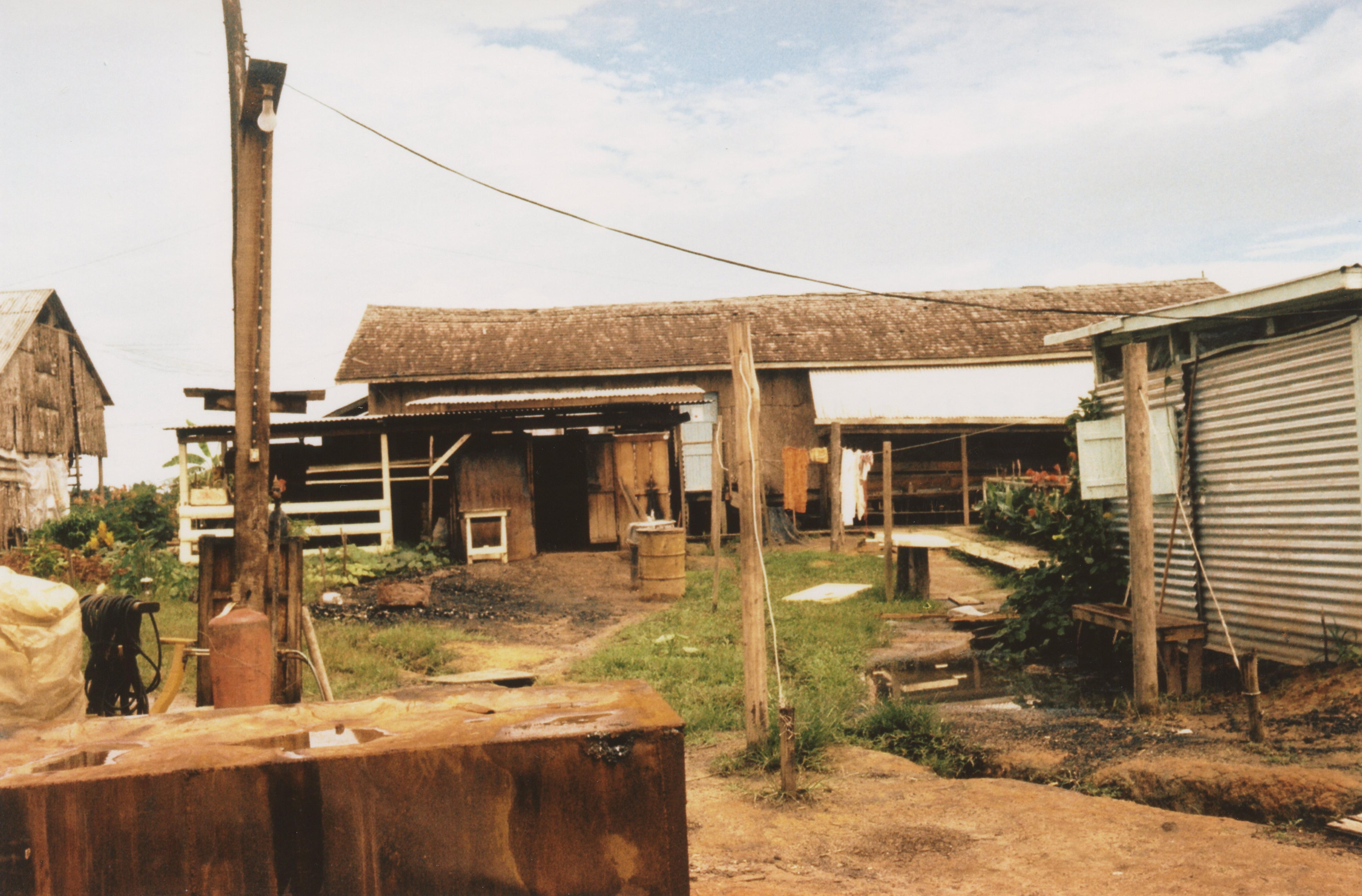
The name Jonestown evokes the tragic mass suicide/murder of over 900 people in 1978. The site of Jim Jones's Peoples Temple commune in Guyana became a symbol of cult manipulation and mass death. While the physical location is difficult to access, the story's enduring impact on our understanding of cults and fanaticism makes it a powerful inclusion. This case explores the psychological and social factors that can lead to horrific outcomes.
16. Alcatraz Island, San Francisco Bay, USA

While not a specific crime scene, Alcatraz Island, a former federal penitentiary, housed some of America's most notorious criminals. Its history of imprisonment, escape attempts, and brutal conditions makes it a dark destination of fascination. Alcatraz explores the psychology of confinement and the mythology surrounding famous criminals. It's a different angle on true crime, focusing on the system of punishment and the allure of the "bad guy."
17. Amityville, New York, USA

The Amityville Horror house, while shrouded in controversy regarding the veracity of the haunting claims, is undeniably linked to the brutal 1974 murders of the DeFeo family. The house remains a site of morbid curiosity, drawing attention due to both the murders and the subsequent "haunting" narratives. This case explores the intersection of true crime and the supernatural, and how fear and legend can amplify the impact of a crime.
18. Moore River Native Settlement, Western Australia

This isn't a single crime but a site of systemic abuse and trauma. Moore River Native Settlement was an institution where Indigenous Australian children were forcibly removed from their families as part of government policies. The "stolen generations" represent a historical crime against a people. Including this location broadens the definition of true crime and forces a confrontation with historical injustices.
19. Nanking, China

The Nanking Massacre during the Second Sino-Japanese War was a horrific period of mass murder and violence. The city of Nanking bears the scars of this atrocity, with memorials and museums dedicated to remembering the victims. While not a typical "true crime" narrative, it's a crucial inclusion to acknowledge the scale of human cruelty and the importance of historical memory.
20. Chernobyl, Ukraine
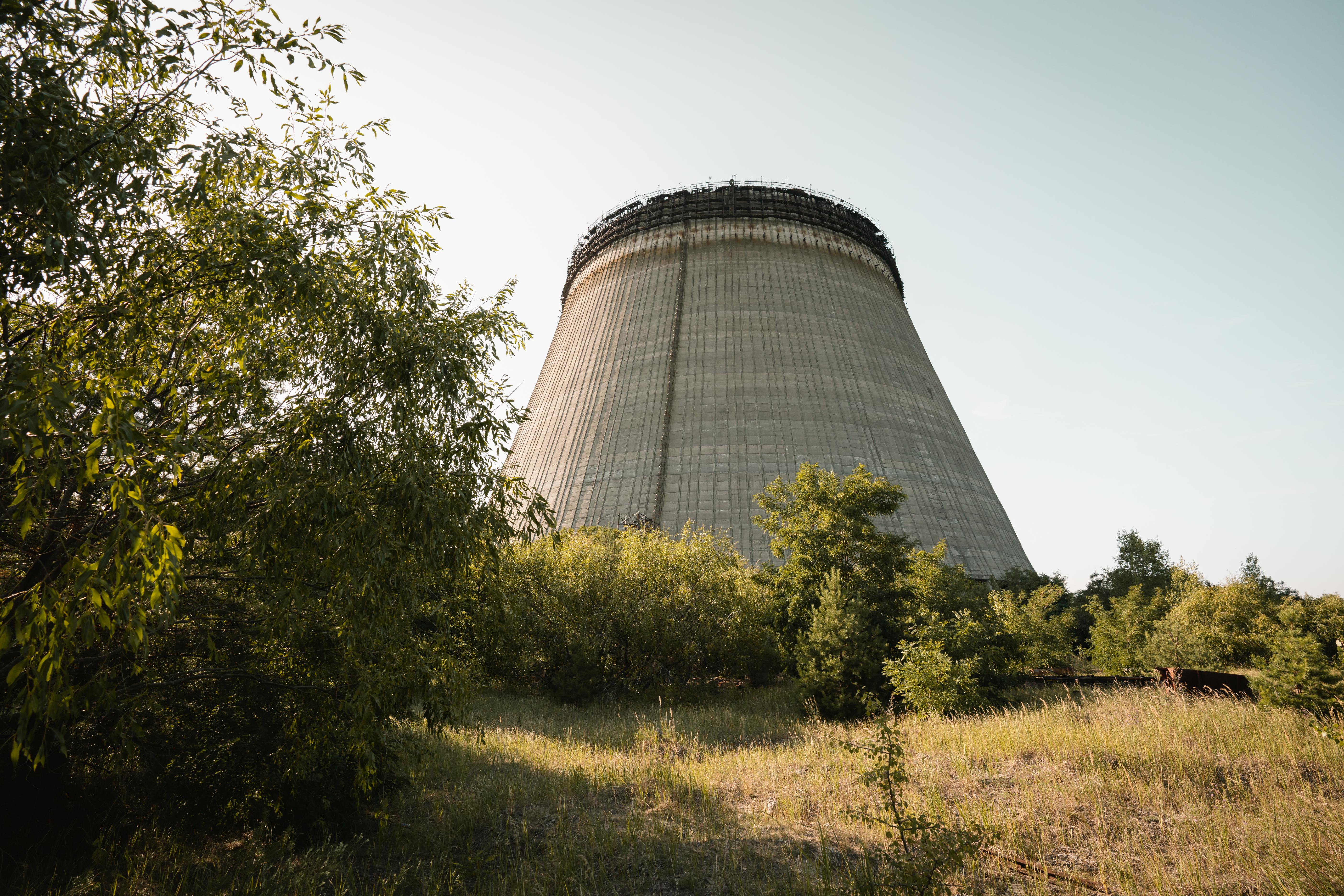
The Chernobyl disaster, while an accident, had criminal negligence aspects and created a ghost city. Pripyat, near Chernobyl, is a frozen-in-time testament to the devastating consequences of human error and government secrecy. This location explores the themes of environmental crime, the abuse of power, and the long-lasting impact of tragedy.
21. Killing Fields, Cambodia
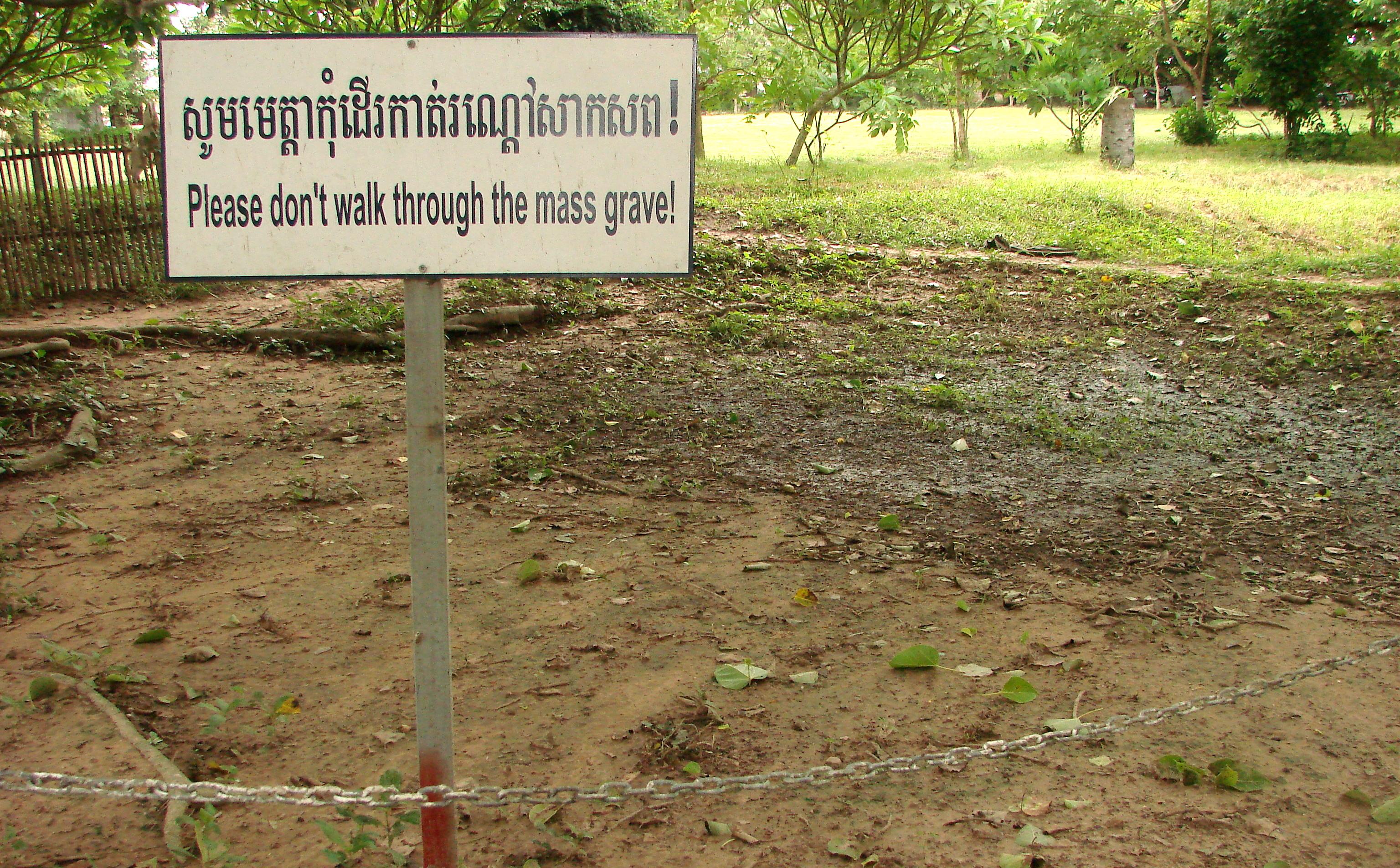
The Killing Fields of Cambodia are a chilling reminder of the genocide perpetrated by the Khmer Rouge regime. These sites of mass execution serve as memorials to the victims and a stark warning about the dangers of extremism. Including this destination is crucial for a global perspective on true crime and the importance of remembering historical atrocities.
The Enduring Allure of True Crime's Dark Shadows

As we conclude our journey through these 21 eerie destinations, we reflect on the enduring allure of true crime stories and their impact on popular culture. These narratives, rooted in reality yet often embellished by fiction, serve as mirrors reflecting society's darkest facets, capturing our imagination and challenging our understanding of morality and justice. By exploring these places where reality mirrors fiction, we gain insight into the complexities of human nature and the societal factors that shape our fascination with the macabre. The stories of these infamous crimes continue to captivate and horrify, reminding us of the thin line between reality and the fictionalized accounts that it inspires. Through this exploration, we come to understand the power of true crime narratives and their ability to both reflect and shape the world around us.








